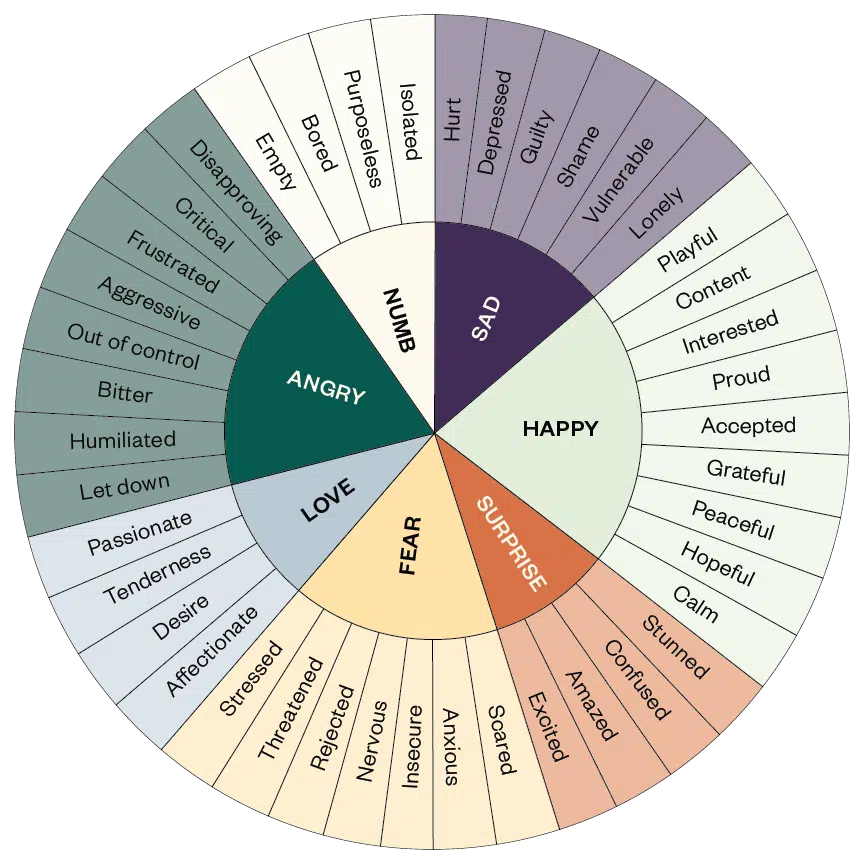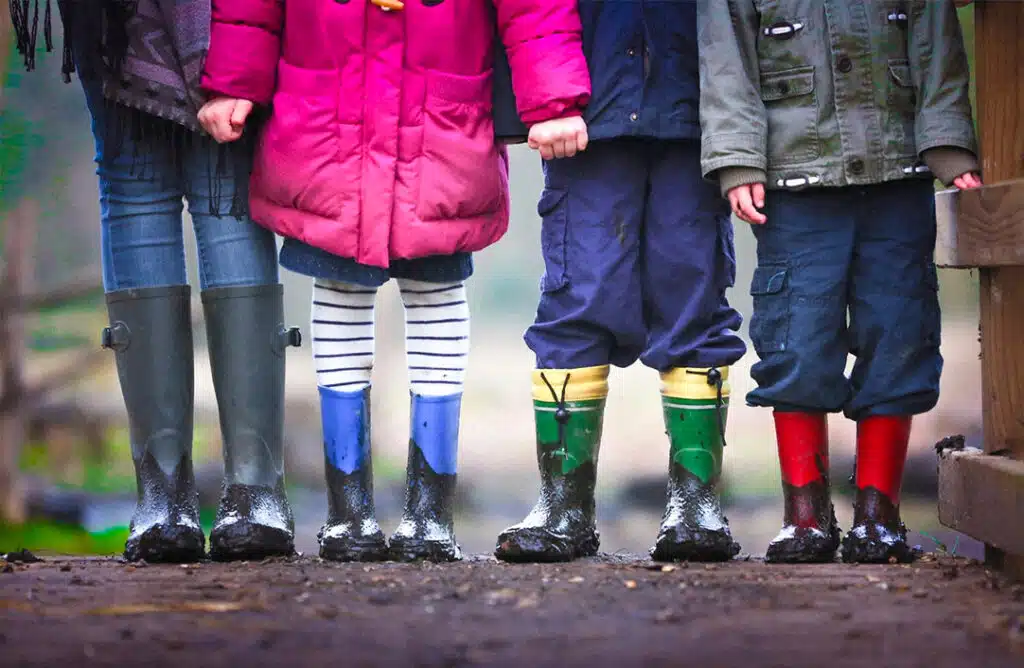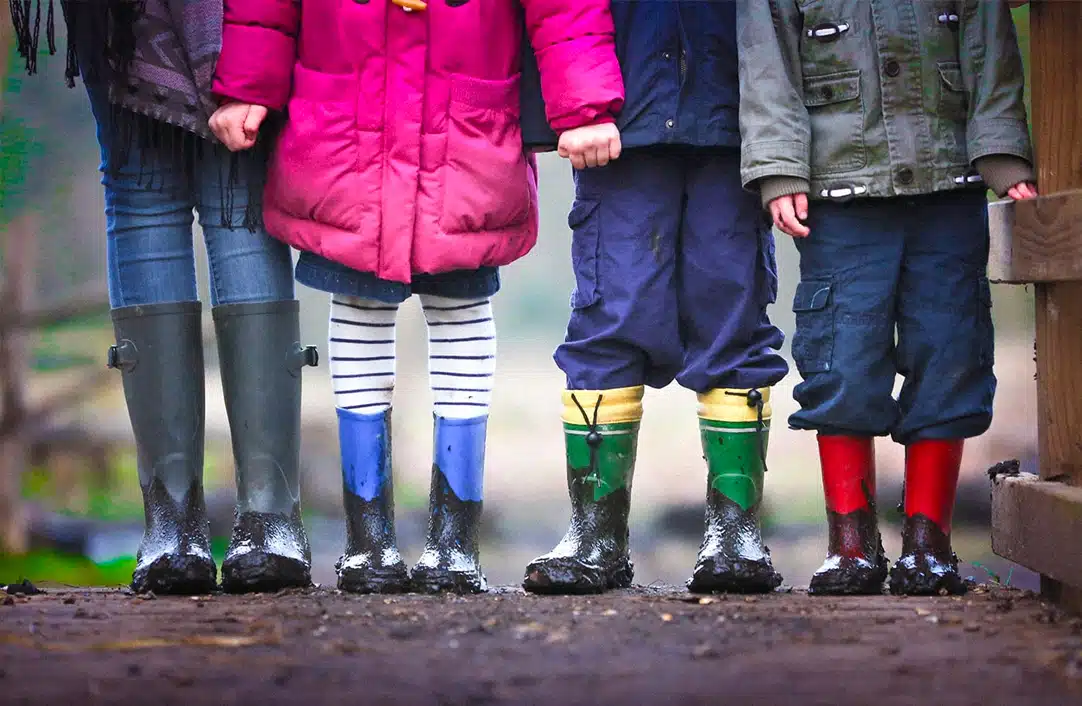

How to Manage Your Triggers in the Digital Era
Guest blog post written by Taylor Street
We live in the age of information. Access to scientific findings, economic data, and expert knowledge on any subject we’re curious about is literally at our fingertips. Answers to just about any question we can think of are rarely more than a few clicks away.
But, living in a world where we are surrounded by the technology that connects us to all that information has its shortcomings. At any given moment, your phone is probably never more than a few feet away from you, buzzing every few minutes with emails, text messages, and social media notifications. Chances are, at least some of your day-to-day work responsibilities revolve around a computer. And, if you’re like most people, you have at least one television—if not multiple—in your home.
The challenge this poses to a survivor of child sexual abuse is that the risk of encountering something triggering can be extremely high. You might be scrolling through Instagram when you see a photo that reminds you of someone involved in your abuse. Or, you might be watching your favorite TV show when a commercial for the evening news reports yet another celebrity has been accused of sexual misconduct.
Because society will probably only become more inundated with technology—and because conversations around sexual violence will continue making headlines—it’s important that you learn to recognize and manage these triggers. Ignoring them could impact your healing journey and might also affect your ability to function in certain settings.
What is a Trigger?
In recent years, the word “triggered” has become synonymous in pop culture with being overly sensitive, or with the inability to take a joke. Neither of these uses are true or accurate.
In reality, a trigger is an instance when you become physically and/or emotionally reactive to certain sights, sounds, or smells related in some way to the trauma you experienced. These symptoms and feelings are part of your brain’s natural response to unsafe experiences from the past. Your reaction to triggers does not define who you are. Your ability to “control” them does not put a limit on your healing or growth.
What Does “Being Triggered” Actually FEEL Like?
Everyone experiences triggers differently, but like we mentioned above, triggers generally produce some sort of negative physical and/or emotional response.
Physical responses to a trigger might include:
- Increased heart rate
- Muscle tension
- Sweating
- Trembling
- Chills or hot flashes
- Dizziness or nausea
- Chest pain or tightness
- Difficulty breathing and/or hyperventilating
- Tunnel vision or an inability to focus
If you’ve ever had a panic attack, you may notice that some of the physical responses listed above are very similar to what you might experience during a panic attack. It’s important to keep in mind that being triggered can lead to a panic attack, but not always. Additionally, not all panic attacks are caused by feeling triggered. If you’re interested in learning more about panic attacks, check out this Tip Tuesday.
Emotional responses to a trigger might include feelings of:
- Sadness
- Anger
- Fear or mistrust
- Irritability, or a desire to lash out at others
- Loneliness, detachment, or a desire to isolate yourself
- Confusion
Additionally, encountering a trigger can cause your body to go into fight/flight/freeze mode, which might make you feel like you’re experiencing aspects of your abuse all over again. In these instances, the frontal lobe—or “logical” part of your brain that helps with decision making and impulse control—has drastically reduced its activity and the limbic system has taken over. The limbic system—or “primitive brain”—is subconsciously responsible for survival and avoiding pain. It’s where those strong physical and emotional responses originate. To learn more about the different roles your frontal lobe and limbic system play in your healing journey, click here.
How to Identify Things That Trigger You
Identifying triggers in the moment can be difficult—because your limbic system is in the driver’s seat, you probably won’t have time to logically think through what could be causing your discomfort or why. But, reflecting on the experience after you’ve calmed down can help you identify specific triggers.
Here are two tools some survivors find helpful when reflecting on their triggering experiences:
EXPRESSIVE WRITING
Writing is one of the simplest ways to address and process feelings associated with the trauma of your past. This is sometimes called expressive writing, and has quite a lot of research to back up the claim that it’s helpful for survivors. As you think and write about the triggering experience, keep the following situations and questions in mind:
- You’ve noticed that negative emotions often arise when you watch television. Is there a specific program or type of program that bothers you? Are there specific topics that you find uncomfortable to read about or listen to? How do you respond when the negative emotions arise? Does one of the characters bother you in some way?
- A loved one shares some type of personal news on Facebook. You want to respond positively, but you can’t help but feel sad or angry. What is the news about? A job promotion? A new relationship? A plan to move to new place? What emotions arose when you read the news? How did your body feel? Are you actually sad or angry about the news or about a memory the news brought up?
- A group text with friends or family members made you feel nervous and uncomfortable, but you’re not sure why. What was the topic of the conversation? What was the tone of the conversation? Where were you when you were engaging in the text chain? Did someone say something specific that upset you? Who were the people involved in the conversation?
WHEEL OF EMOTIONS
Another tool that many survivors of child sexual abuse find helpful is our emotion wheel. It helps simplify complex feelings and can help you better understand the emotion (or emotions) you’re experiencing. Understanding is an integral step in solving any problem or dilemma—once you understand the emotions that arose when you felt triggered, you can take steps to ease those emotions.

To use the emotion wheel, first think about an experience in which you felt triggered. Start by using the middle of the wheel to identify the core emotion you felt during the experience. Were you angry? Afraid? Sad? Numb?
From there, move to the outer part of the wheel and look at the feelings associated with that emotion. Don’t necessarily look for an emotion. Rather, take note of which ones resonate with you.
Repeat this process several times as you think about various triggering experiences. As you do so, take note of patterns. Are there specific emotions you feel when a triggering experience involves social media? Do you generally feel the same way in all triggering experiences or do the emotions vary depending on the situation?
Because coping with feelings of aggression often requires different tactics than coping with feelings of insecurity, understanding these patterns is critical to the healing process. Once you have an idea of how your emotions typically respond to triggers, you can make plans to cope with those triggers.
How to Cope with Triggers Through Planning and Practice
One of the most challenging aspects of healing from the trauma of child sexual abuse is learning to manage triggers. Because triggers evoke an automatic (often involuntary) response, some survivors find it helpful to make a plan of how they want to manage triggers when they arise. Once you’ve made a plan, you can practice your planned responses so that they come more naturally when you encounter an unexpected trigger.
Below, we’ll go through several types of activities and grounding exercises you can do to combat triggers. We encourage you to try these when you feel calm to not only build your coping abilities, but to also determine which exercises are most helpful for you.
GROUND YOURSELF IN 5-4-3-2-1
Many survivors use grounding exercises to help them de-stress during moments of extreme emotions, dissociations, or flashbacks.
Try this simple, sensory-driven grounding exercise to root yourself in the present moment:
- Name 5 things you can see.
- Name 4 things you can feel.
- Name 3 things you can hear.
- Name 2 things you can smell.
- Name 1 thing you can taste.
If you find this exercise helpful and are interested in printables that you can carry with you or hang on your wall, click here.
BREATHE YOUR WAY TO BALANCED EMOTIONS
Breathing is a wonderful grounding technique because you can do it anywhere, at any time, with no supplies or equipment. Intentional, mindful breathing increases the brain’s serotonin levels, which in turn helps calm the mind, balance emotions, and nourish the body.
To practice mindful breathing, follow these steps:
- Sit in a comfortable position either in a chair or on the floor.
- Inhale through your nose, counting to five as you do so.
- Hold your breath and count to seven.
- Slowly exhale through your nose, counting to nine as you do so.
- Repeat until your heart rate has calmed and you feel more at ease.
Struggling to get control of your breath? Focus on exhaling. That can help kick-start the deep breathing that you need.
DE-STRESS WITH A BUTTERFLY HUG
The butterfly hug—sometimes referred to as the “self-love hug”—is a simple self-soothing technique you can use any time you’re feeling stressed, anxious, or triggered.
This exercise is simple:
- First, get in a comfortable position, either sitting or lying down.
- Then, cross your arms over your chest and rest the tips of your fingers on your collarbone, shoulders, or arms.
- Next, gently tap your arms, alternating sides. As you do so, breathe in and out. Tap for as long as you need to.
- When it feels right, rest your hands and let your attention come back to the present moment.
For a video tutorial of the butterfly hug, click here.
CREATE A CRISIS CARD
A crisis card is a helpful tool that can come in handy when you’re feeling triggered. Creating one ahead of time will help you plan the actions you can take, people you can call, and positive sayings you can repeat to yourself in a moment of emotional turmoil.
Follow the steps below to create your own crisis card, or click here for a crisis card template that you can complete on your computer and then print at home.
- Find a pen and small sheet of paper or note card—we recommend using a sheet about 3×5” that can easily fit in a purse or wallet.
- List three things you can do when you’re in an emotional crisis (i.e. mindful breathing, focusing on your senses, going for a walk, etc.).
- List three people you can call during these difficult moments (i.e. a friend, family member, significant other, therapist, etc.).
- Write down short answers to the following questions:
- What do you need from others in this moment?
- What is one thing the person who call CAN do for you?
- What is one thing the person who call should AVOID doing?
- Write a positive statement about yourself that you know has the power to lift you up.
Managing triggers is challenging, and unfortunately, a world filled with technology that could send you into a spiral at any given moment doesn’t make survivors’ lives any easier. But, through thoughtful self-reflection and careful planning, you can learn to recognize and interrupt triggers as they arise.
Recent blogs

Male Sexual Abuse

What to do if a Sex Offender Moves to Your Neighborhood?



















